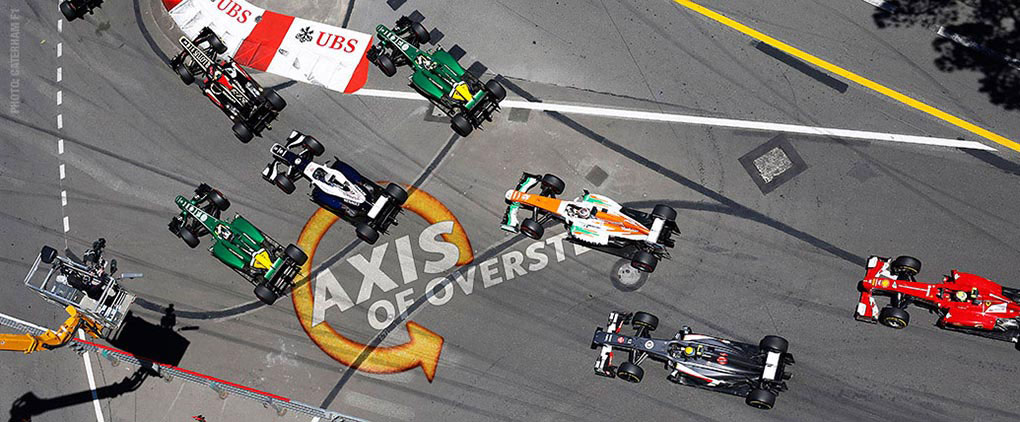
With Ferrari confirming Kimi Raikkonen's engine failure in Valencia due to the same reason as Felipe Massa's in Hungary, let's take a look at engine cooling and the inside a Formula 1 connecting rod.
Crankshaft, connecting rods and pistons are not solid but have channels that allow oil to cool parts from the inside as well as provide a lubrication function. The video below, from Gazzetta Dello Sport illustrates this clearly.
This was news to me, so I dug around a little and found s a patent granted for this system (or something very similar in any case) in 2006, right around the time of the freezing of engine specs...
The patent comes from the American aero industry and you can download the .pdf HERE.
There has been a lot of talk about teams developing engines that are theoretically "Frozen", The same Stefano Domenicali referred to Kimi's engine being the "same revision" as Massa's in Hungary. As usual the more rule makers write rules, the more the engineers find clever solutions around them.
Engine specs are frozen but teams are allowed to petition to change parts if they can show that a new component is more reliable and thus more economic (the irony of F1 cost cutting...). Ferrari, with their technical partner, Shell might have pushed their "cost saving" a bit too much either in the design of the connecting rods or the thinness of the lubricant used.
And here is the rest of it.

In reference of this see:
ReplyDeletehttp://www.grandprix.com/ns/ns20652.html
Specially the last line:
Felipe Massa's engine failure in Hungary was a clear sign that risks are being taken in an effort to win.
That is the essence of Formula 1 ingenuity and, as such, should be applauded.